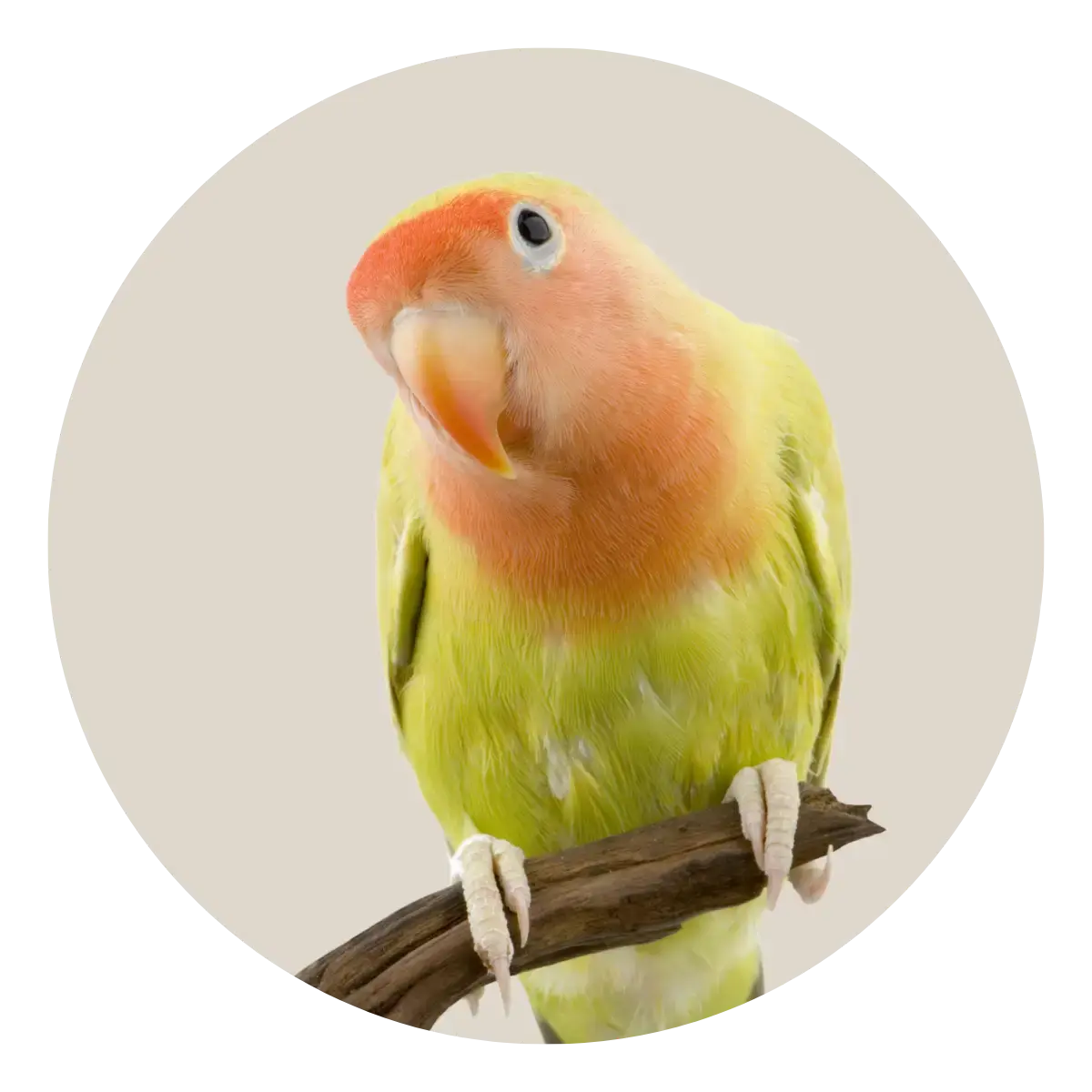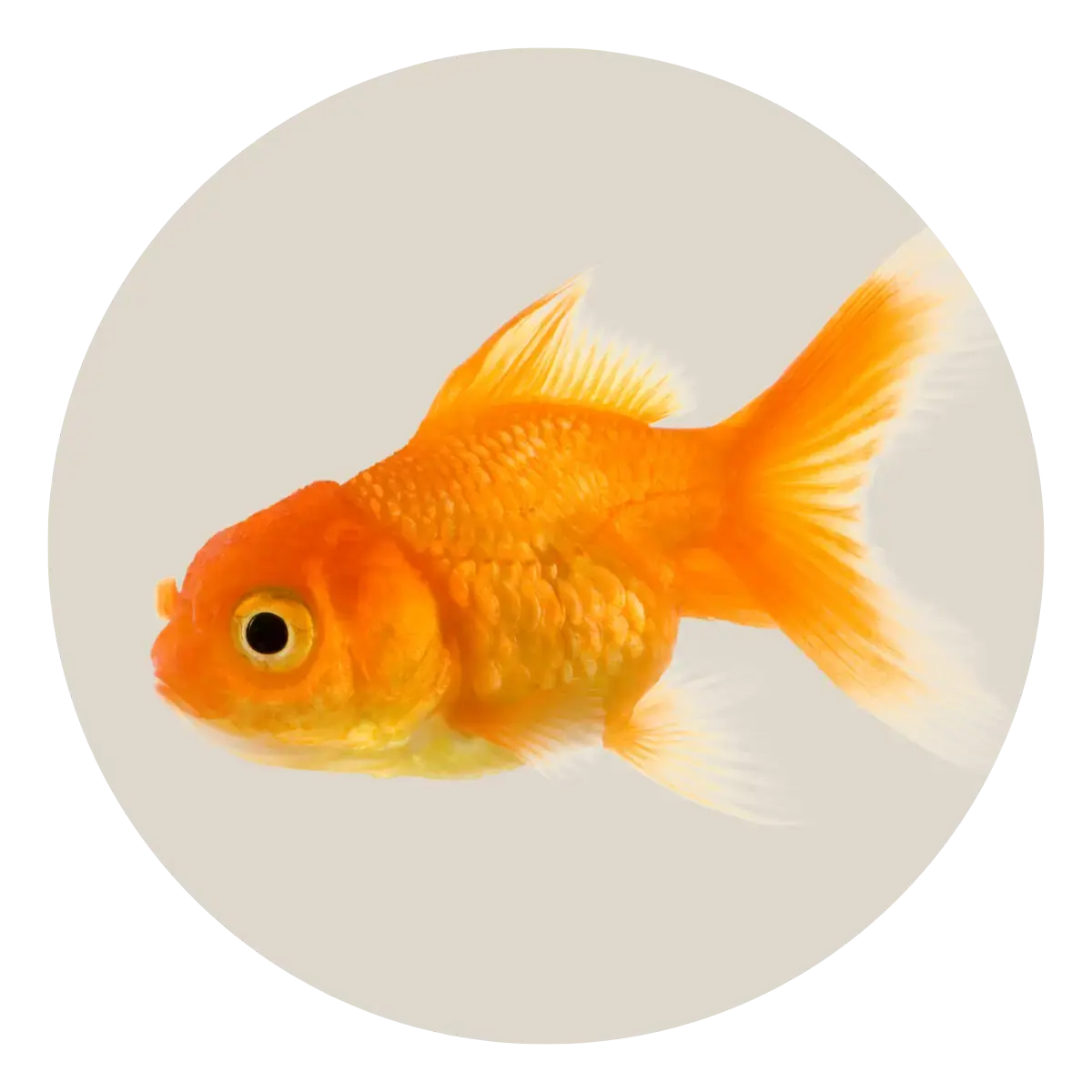The new year often prompts people to embrace change, be it in exercise, wardrobe, or hobbies. Why not consider a fresh approach to dog training too? While you don't need to wait for the new year, if your current methods aren't yielding results, explore alternative techniques. Effective dog training often involves a mix of approaches. Whether you're seeking a new philosophy or starting with puppy training, the myriad options can be overwhelming. With over 100 million results for "dog training methods," we've narrowed it down to eight popular philosophies.
Basic Dog Training Is Important

Regardless of the obedience training method chosen, it's crucial to train your dog in basic commands. This not only enhances the enjoyment of living together but also boosts your dog's confidence. Proficiency in commands like "stay" and "come" contributes to their safety, especially in situations like off-leash moments near busy roads. Immediate response to commands can be life-saving.
What Are the Most Common Dog Training Techniques?

Numerous dog training methods exist, often incorporating various philosophies. While this list isn't exhaustive, it serves as a starting point to explore popular dog training techniques.
1. Classical ConditioningClassical conditioning is at the core of most dog training methods because it’s about your dog learning to associate a reward with an action. You’re probably already using classical conditioning without even realising it.
Does your dog wait by the door when you pick up your keys? Do they run into the kitchen when they hear their favourite humans pick up their food bowl? These are examples of your dog learning that when you do a particular action, something good is coming their way.
2. Operant ConditioningOne of the most popular dog training methods, operant conditioning is based on the idea that if doing a certain behaviour results in something good, your dog is likely to keep doing that behaviour (positive reinforcement). On the other paw, if doing an unwanted behaviour results in something unfavourable (but not harmful or abusive) then they will eventually stop doing that behaviour. Something “unfavourable” could be as simple as not giving them attention when you get home until they stop jumping up on you and are sitting calmly.
3. Positive Reinforcement TrainingThe idea behind positive reinforcement is that if your dog is rewarded for good behaviour, they will continue to do that behaviour. Positive reinforcement is part of operant conditioning but it can also be its own method. When your dog does the desired task, immediately reward them with something they are motivated by, like praise, treats or a toy. The reward can be phased out once your dog reliably responds to the request. Unlike operant conditioning, any bad behaviour is not corrected, it’s just ignored.
4. Clicker TrainingClicker training is often combined with positive reinforcement. It allows for a more immediate signal than a verbal command that the desired behavior was completed and helps your dog understand exactly why they’re being rewarded. Clicker training sessions start with some classical conditioning so your dog learns to associate the clicker with a reward system.
5. Science-Based TrainingYou probably won’t find a clear definition or a set of instructions for performing science-based dog training since the point of this method is that it’s continually being updated with the latest research from animal behaviorists. The goal is to use scientific research on dog behavior and work with your dog to develop the most effective training method that they will respond to. It can combine a number of training philosophies and requires dog parents to stay up-to-date on the latest research on dog behaviour.
6. Model-Rival or Mirror Training
The theory behind these methods is that dogs learn by observing. To use the model-rival method, you will need the help of either a well-behaved dog (possibly a rival) or a well-trained human (kidding, just someone who will follow your directions). The trainee dog watches the model being rewarded for good behaviours and being scolded for unwanted behaviours. The trainee should learn that good behaviours are rewarded. Mirror training is when the pet parent acts as the model and rewards their dog for “mirroring” their good behaviour.
7. Dominance, Alpha Dog or Traditional Dog Training
The idea behind dominance, alpha dog and traditional dog training methods is that dogs follow a pack mentality with a social hierarchy and the pet parent should be seen as the leader of the pack. It helps to understand dog body language when using these methods. It’s important to know that you need to be dominant at all times — your dog should be following your lead and waiting for you.
8. Relationship-Based Training
Like the name suggests, relationship-based training focuses on you and your dog and an approach that is specifically for the two of you. You have to really understand your dog to use this method, including your dog’s body language and what motivates them. If they don’t do the desired behaviour, you need to take the time to understand why. This method typically includes many of the other philosophies.
Tips for the Best Training Outcomes for Dogs
To help make each training session successful, there are a few things you should consider. For example, what motivates your dog? Are they food-motivated or would they prefer to be rewarded with toys? Is everyone in your household using the same dog training techniques and the same commands? Consistency is important so that your dog doesn’t get confused about what they are being asked to do. It’s also a good idea to keep your training sessions to around five minutes at a time. Short training sessions will help your dog stay focused and prevent both of you from becoming frustrated. Remember that sometimes your dog may not be in the mood for training, and that’s OK, too.
Choose the Dog Training Philosophy That’s the Best for You
The best dog training method is the one that works for both you and your dog. Remember that every dog is different, so while you may have used one method successfully before, training a new dog may need a different approach. Your veterinarian, a professional dog trainer or an animal behaviorist can help you decide on which training program is right for you and your pets, or you could consider joining a dog training class with professional trainers to help you get started.
The information in this blog has been developed with our veterinarian and is designed to help educate pet parents.
If you have questions or concerns about your pet's health or nutrition, please talk with your veterinarian.
Credit: Diamond






